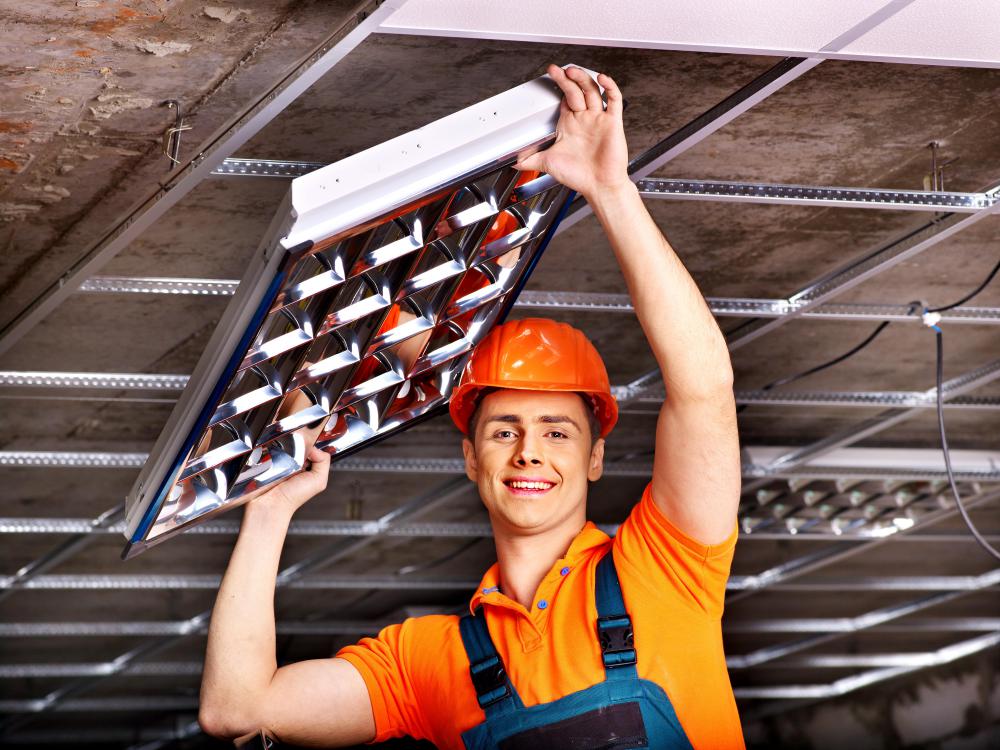At HomeQuestionsAnswered, we're committed to delivering accurate, trustworthy information. Our expert-authored content is rigorously fact-checked and sourced from credible authorities. Discover how we uphold the highest standards in providing you with reliable knowledge.
What is a Roof Ridge Vent?
A roof ridge vent is a fixed vent installed on the ridge of a roof to ensure proper air ventilation within the house or building. Ridge vents are typically made of metal. Once installed on the ridge line and possibly covered with shingles, the vents are inconspicuous. The main purpose of a roof ridge vent is to optimize airflow under the roof.
Global concerns about energy-efficient building products and design has put roof ridge vents in the energy savings spotlight. If a house or building is outfitted with a ventilation system that provides the right amount of airflow, it is more efficiently heated, cooled and protected from moisture. Roof ridge vents supply that airflow underneath a roof, keeping attic space sufficiently ventilated. A balance between airflow in and out must be achieved for a ventilation system to work properly.

A roof ridge vent supplies the constant ventilation required in an energy-efficient home's attic space. Cool air from a home enters the attic through the floor. It rises and exits at the top because hot air, being less dense, rises. Unless new air enters to replace it, the risen air will not leave, or vent. Installing a roof ridge vent as well as soffit vents under the eaves aids airflow.
A roof ridge vent typically has a baffle to resist wet or windy weather. High-performance products may have internal weather filters. The more rain and snow that is resisted, the drier it stays underneath the roof and in the attic. The temperature of an attic can vary greatly, reaching high temperatures that can harm its contents. Plus, a home's cooling system is over-taxed, resulting in high energy bills.
On the other hand, the temperatures of colder climates can cause condensation on a roof's underside. Left unchecked, moisture can cause extreme damage to a home's roof and insulation. Repairs to boards and shingles, in addition to high heating bills, prove costly.
Roof ridge ventilation is beneficial for low-pitched roofs as well as cathedral ceilings. The home's style is usually irrelevant. Roof ridge vents are manufactured for roofs covered with cedar shakes, asphalt shingles or metal. Widths vary to accommodate customized home roofs or those with wider beams.
Roofers are qualified to install a roof ridge vent. Homeowners should be aware of when an older roof needs to be replaced, as many older houses have outgrown their ventilation systems. This is an opportune time for a roofer to install an updated ventilation system.
AS FEATURED ON:
AS FEATURED ON:











Discuss this Article
Post your comments